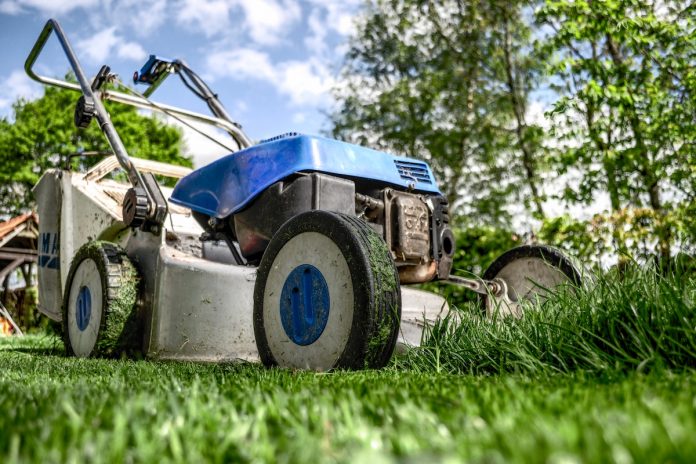With summer activities coming to an end and winter months approaching, it’s the ideal time for you to start preparing your equipment for storage. As you already know, the winter months can be cruel and damage your equipment, cars, heavy machinery, and even your home.
According to the Successful Farming Journal, farmers incur huge costs each spring on mechanical maintenance to repair various pieces of equipment that get damaged during the winter months. For this reason, you must devise effective ways to store your equipment during the winter months and save on maintenance costs.
Here are ways and tips to assist you in storing your equipment during the winter months:
1. Storage of Gas-powered Equipment
Chainsaws, lawnmowers, and similar equipment powered by gas engines have unique requirements for storage during the winter months. Failure to store them properly during winter can lead to corrosion of unlubricated engine parts and even impact the ignition systems. In some cases, improper storage can also cause gasoline remaining in the engine to gum up the carburetor. Here’s a standard procedure you can leverage in storing your gas-powered equipment during the winter months:
Ensure you properly seal the fuel cap. Usually, gas-powered engines continue emitting small quantities of fumes even when they aren’t working. Using aluminum foil paper, you must cover a vented fuel cap to stop gasoline from evaporating.
Empty the gasoline, or if you prefer keeping it, ensure you add a gasoline stabilizer. Often, the gas that remains in the fuel tank for a month or more may form a layer of varnish, and emptying the gas minimizes this issue. The alternative to draining is to add a specific amount of gasoline stabilizer as recommended by the manufacturer.
Detach batteries and spark plugs. If your equipment’s batteries are detachable, ensure you remove them from your mower and keep them indoors throughout the winter months.
2. Protect Your Equipment Against the Elements
You don’t use most, if not all, of your equipment during the winter months. Therefore, you should ensure you safeguard them against damage caused by the elements by ideally enclosing them in a properly insulated room.
If your indoor space can’t accommodate some of the equipment, you can keep them in a dry area but ensure they don’t directly face the direction of wind and sunlight. You can also use waterproof canvas breathable tarps to cover and protect your equipment from the elements. Tarps will help prevent moisture from coming into contact with your equipment and alleviate snow buildup during winter.
3. Storage of Cordless Power Equipment
You must store your cordless power equipment properly before the winter months kick in. Often, the freezing temperatures experienced during the winter months tend to speed up battery discharge, which may eventually impact your equipment’s performance. In addition, most cordless equipment manufacturers caution that the chargers won’t function if exposed to cold conditions.
4. Storage of Hand-held Equipment
Mostly, hand equipment won’t get damaged if you store them in a cold shed or garage. Nevertheless, the freezing temperatures experienced during the winter months often make most metallic equipment brittle. Consequently, this makes your hand equipment vulnerable to breakage if you try using them at extremely cold temperatures.
Additionally, ensure you find a good location inside your home to store your hand tools to prevent rusting. Also, ensure you thoroughly clean them, and if possible, apply a fine oil or rust protector to all the metallic parts of your equipment. Moreover, if you find the location where you’re storing your equipment is too damp, consider getting a dehumidifier to control the humidity levels.
Infographic Provided By large steel buildings Kansas Company, K-Construction5. Storage of Garden Equipment
As the winter months approach, start rinsing off and drying your garden equipment to prepare for storage. If you see any signs of rust, get rid of it using steel wool or wire brush. Also, you can use a light oil like WD-40 to rub over the metallic components of your equipment.
Wooden handles of your garden can often splinter and crack if exposed to dry conditions of the freezing winter months; this is the ideal time to inspect them, smoothen the handles with sandpaper, and apply a linseed oil coating on the wooden parts.
Also, ensure you hang shovels and other digging equipment on the wall above the floor. Don’t forget to thoroughly clean garden sprayers and hose pipes before storing them. Finally, make sure you clean all the grass residue underneath the deck of your lawnmowers.
Final Words
Protecting your equipment against winter elements is paramount to ensure they last longer and remain functional. The above five tips can help you learn how to store your equipment during winter.
Apart from that if you want to know about Time to Replace Water then visit our Home improvement category.














